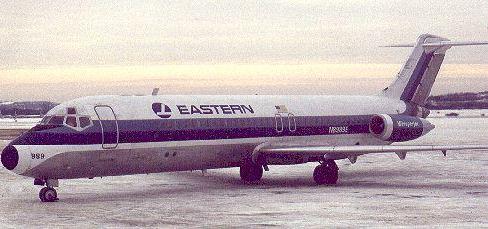Captain Eddie Rickenbacker, an automobile racer entered into World War
I. He became a volunteer fighter pilot. Rickenbacker was responsible for
shooting down several aircraft and balloons during the war. After the war,
Rickenbacker became president of Eastern Airlines in 1938, after several
unsuccessful attempts to operate an automobile company. In 1954, Rickenbacker,
became chairman of the board at Eastern Air Lines until 1963.
During the 1970' and 1980's it was a very difficult time for the airlines.
With the passing of the Airline Deregulation Act of 1978 airline carries
were provided with new freedoms to expand their route systems and the flexibility
to develop innovative pricing structures. This flexibility allowed the
carrier to further grow into new markets.
However, deregulation brought
about airfare wars. Airlines were competing to remain competitive in the
market, waged airfare wars against their rivals. Many air carriers were
having great difficulty in keeping their doors open.
Eastern Airlines was not exempt from having to contend with price wars
as well as being a participant. This placed many air carriers in an vulnerable
state to unwanted hostile takeovers and mergers. Eastern fighting to keep
its doors open, sold majority share holdings to Frank
Lorenzo, owner of Texas Airlines.
Lorenzo, filed for restructuring of Eastern Airlines under the bankruptcy
laws. Lorenzo in his desire to have greater control over the airline industry
brought in non union workers and created a new air fare war that many airlines
could not compete against a non union airline. Eastern further offered
upscale service such as its first class seats to coach prices This further
eroded the airline industry, carrier after carrier had filed for bankruptcy.
Lorenzo, was now placed into a position that he could pick and choose which
airline he would take over. Lorenzo on a hunt, took over several airlines
such People Express, Continental, New York
Air, etc.



